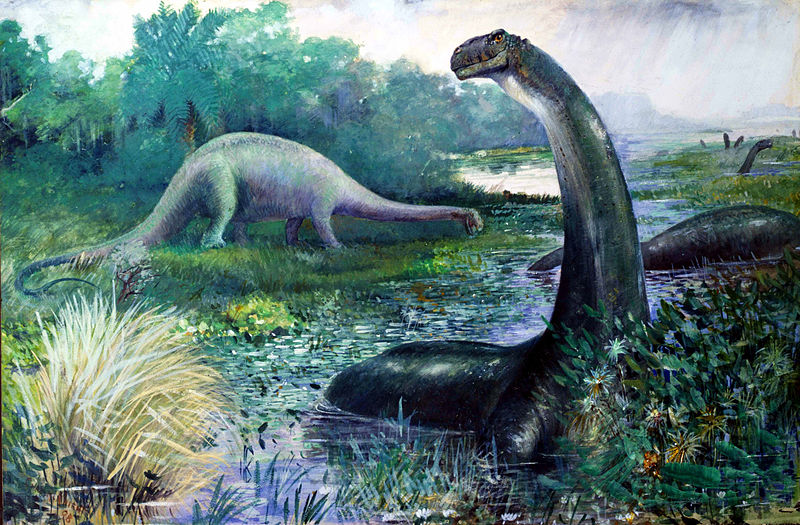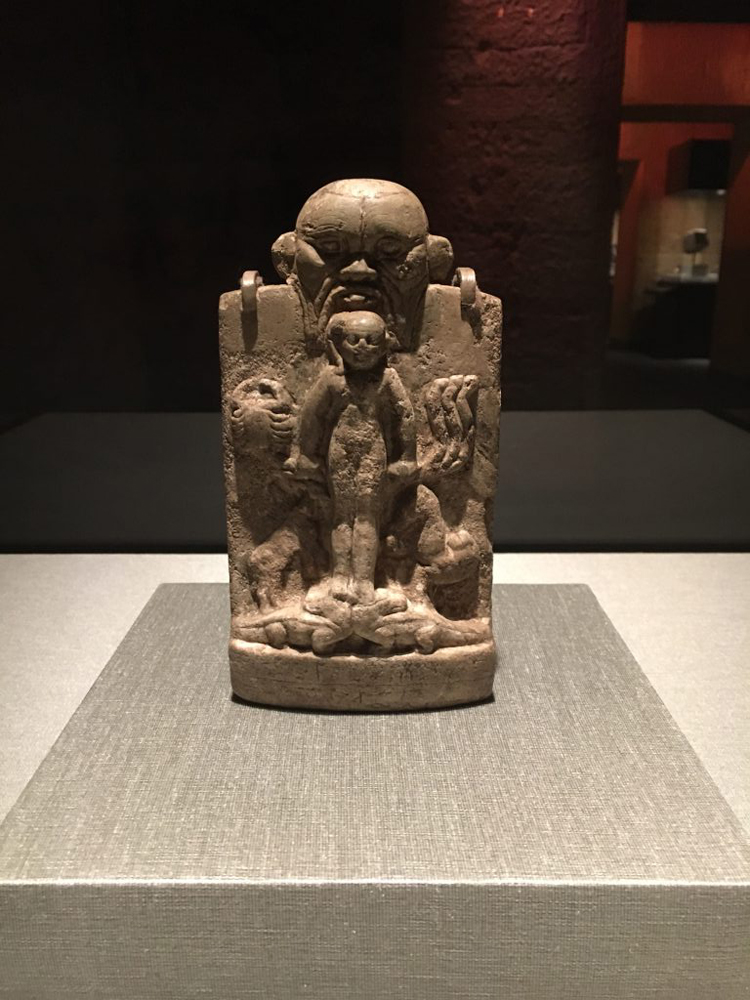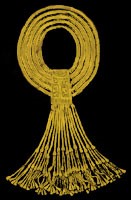Just recently, our Curator of Vertebrate Zoology, Dr. Dan Brooks, co-presented a poster at the North American Ornithological Congress in Washington, DC about an invasive species of goose present in the United States. In true HMNS fashion, the study enlisted the help of ordinary people, who happen to have a passion for Biology. They call it “citizen science” when lay persons help professional researchers in their studies. The study we’re covering was of the ecology, behavior and reproduction of invasive Egyptian geese (Alpochen aegyptiacus).
Photo Courtesy of Kelly
Egyptian geese are native to Africa, but are invasive throughout Europe, and parts of North America. One of the purposes of the study was to help demonstrate the importance of continuing to research and monitor the effects populations of these geese are having here in the U.S.
The potential ecological and economic effects suggested by the study include aggression toward native species, hybridization, eutrophication (which is a form of pollution caused by an excessive richness of nutrients in a body of water), agricultural damage and aircraft strikes.
Photo Courtesy of Kelly
A questionnaire was designed and distributed via internet list-servs, birdwatching festivals, birdwatching clubs, and word of mouth. Citizen scientists completed and returned Information on the questionnaire that was often supported by photographic evidence and other forms of proof.
The results showed that Egyptian geese do not migrate vast expanses, they mainly moved short distances, if they even changed their location. Antagonistic behavior toward native species was not common, however there was one confirmed report of hybridization with a duck.
Photo courtesy of Susan Young
The study determined that these geese were generalist in their diet, but did have a high reliance on humans. Of course, since humans are everywhere, this reliance is more of a boon to them than anything else. The study also found that goslings attain 50% of their adult size after the first month, are nearly full grown after 2 months, and disperse from their natal site at a little more than two months of age. A relatively quick growth spurt!
This may sound like simple observations to some, but the importance here lies in formally observing a very large number (sample size) of these animals in order to assess patterns and trends. Many people may notice that the geese at the local pond don’t go anywhere in the winter, but they do not realize the number of ponds inhabited by these geese, or the amount of damage to that can happen when a group of these birds takes up permanent residence.
With research like this, made possible by citizen science, institutions like HMNS can help encourage better management of our environment.
For more information related to this subject, be sure to check out our Hall of Texas Wildlife, which has exhibits, on invasive species, as well as endangered and rare species of animals found in Texas.










